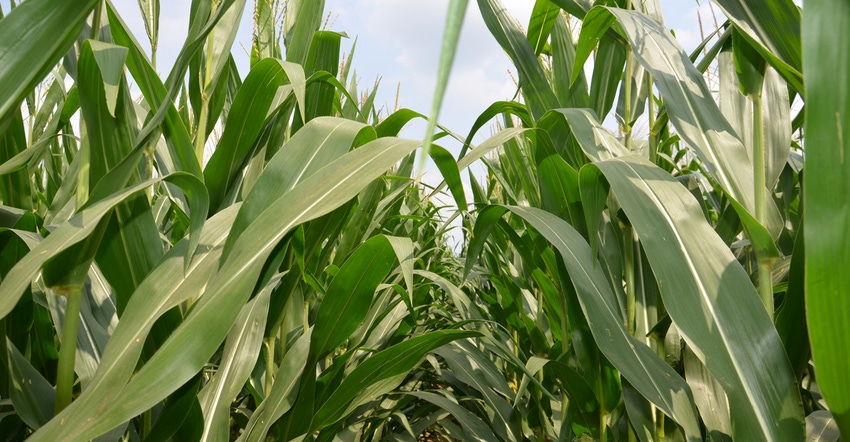
Will corn prices for the 2018 crop remain on the low side? If you believe they will, take that into account when deciding how much total nitrogen to apply for corn. That’s how Bob Nielsen, Purdue University Extension corn specialist, responds when farmers ask how much N to apply in 2018.
“Corn prices are likely to still be down in 2018, so you’ll want to look at economic optimum rates when deciding how much nitrogen to apply per acre,” Nielsen says.
Economic optimum nitrogen rate is the amount to apply if you’re after the highest net return per dollar invested in nitrogen. It’s different than the rate you would apply if you’re trying to maximize yield. The two are different because at some point, the next pound of nitrogen applied costs more than the value of extra corn it produces. When corn prices are lower, you reach that point a bit quicker, Nielsen says.
The difference may not be as large as you think, however. For example, if you project corn to be $3.50 per bushel, the estimated optimum economic N rate will be higher than if you project it to be $3 per bushel. However, it may only be 4 to 5 pounds per acre higher.
Closer look at price
Nielsen and Jim Camberato, Purdue University Extension soil fertility specialist, have conducted on-farm trials over the past 12 years and compiled data to compute maximum agronomic and economic nitrogen rates on various soil types.
“We’ve discovered that soil types and location make a big difference in optimum rates,” Nielsen says.
When they build a table based on corn price and nitrogen cost per pound of actual N at a certain location within the state, the same trends hold, however. If you believe the corn price will be $3.50, you can afford to apply a little more N than if you are looking at $3 corn. “Little” may be the key word.

Here is an example from the chart above. You farm in central Indiana. Suppose N is 40 cents per pound. At $3.50 per bushel corn, you would shoot to apply 201 pounds of N per acre to reach optimum economic return. That’s based on all trials the pair have conducted in central Indiana.
If corn is $3, you might back off 5 pounds to 196. If it’s $4, you could afford to apply 205 pounds of N.
The numbers aren’t drastically different, but they amount to a couple dollars’ worth of N either way, Nielsen says. He suspects everyone will be watching each dollar in 2018.
Check out charts for other parts of Indiana.
About the Author(s)
You May Also Like




